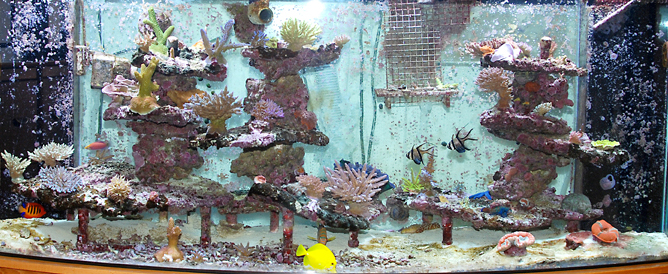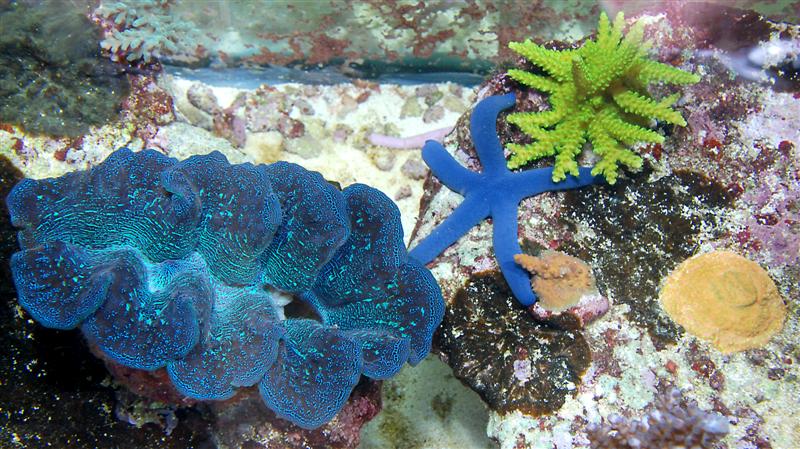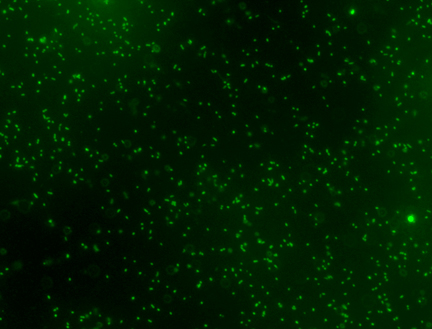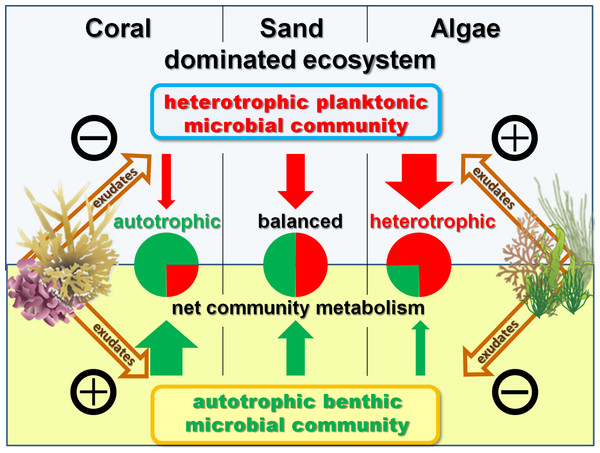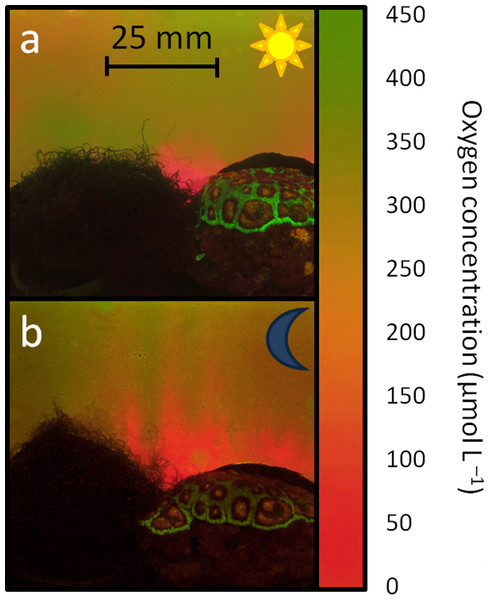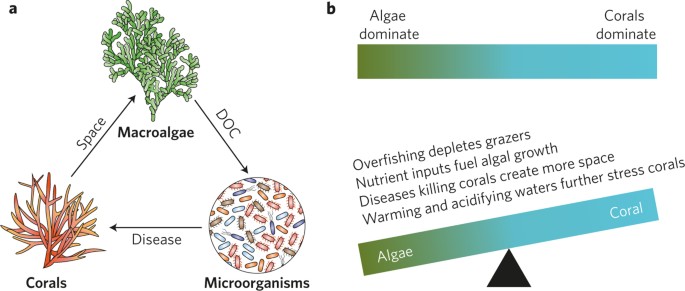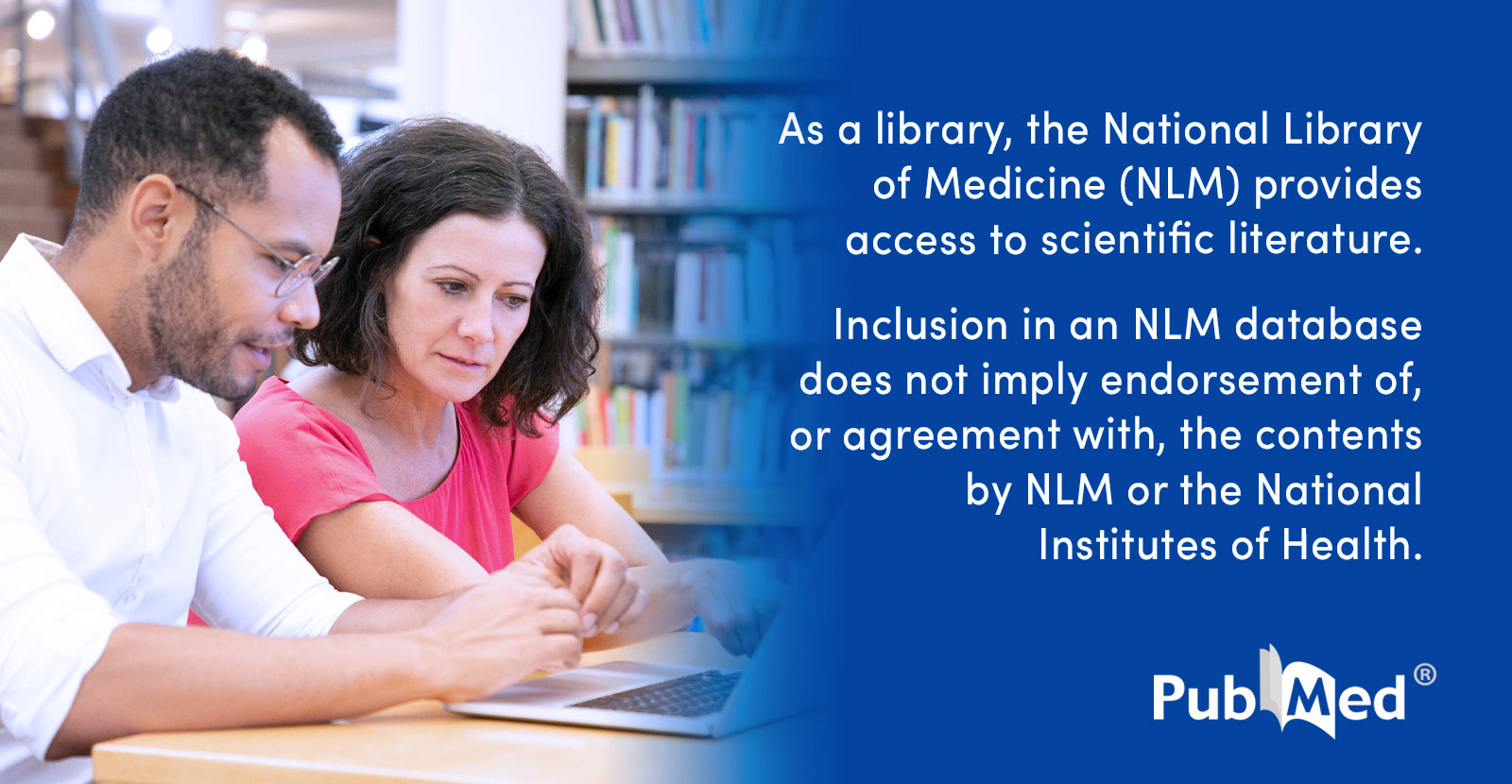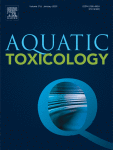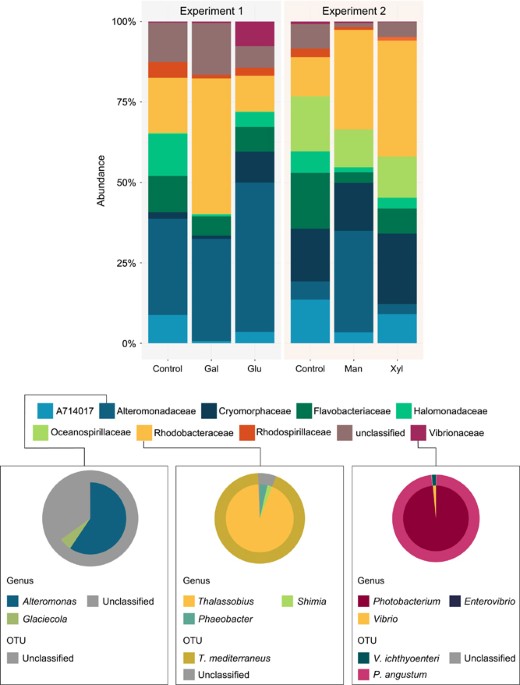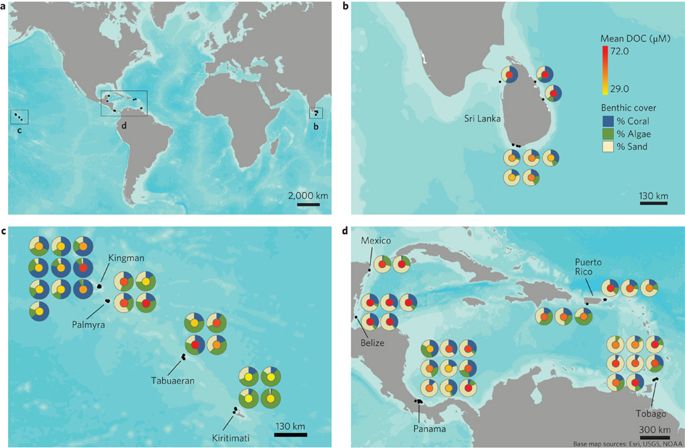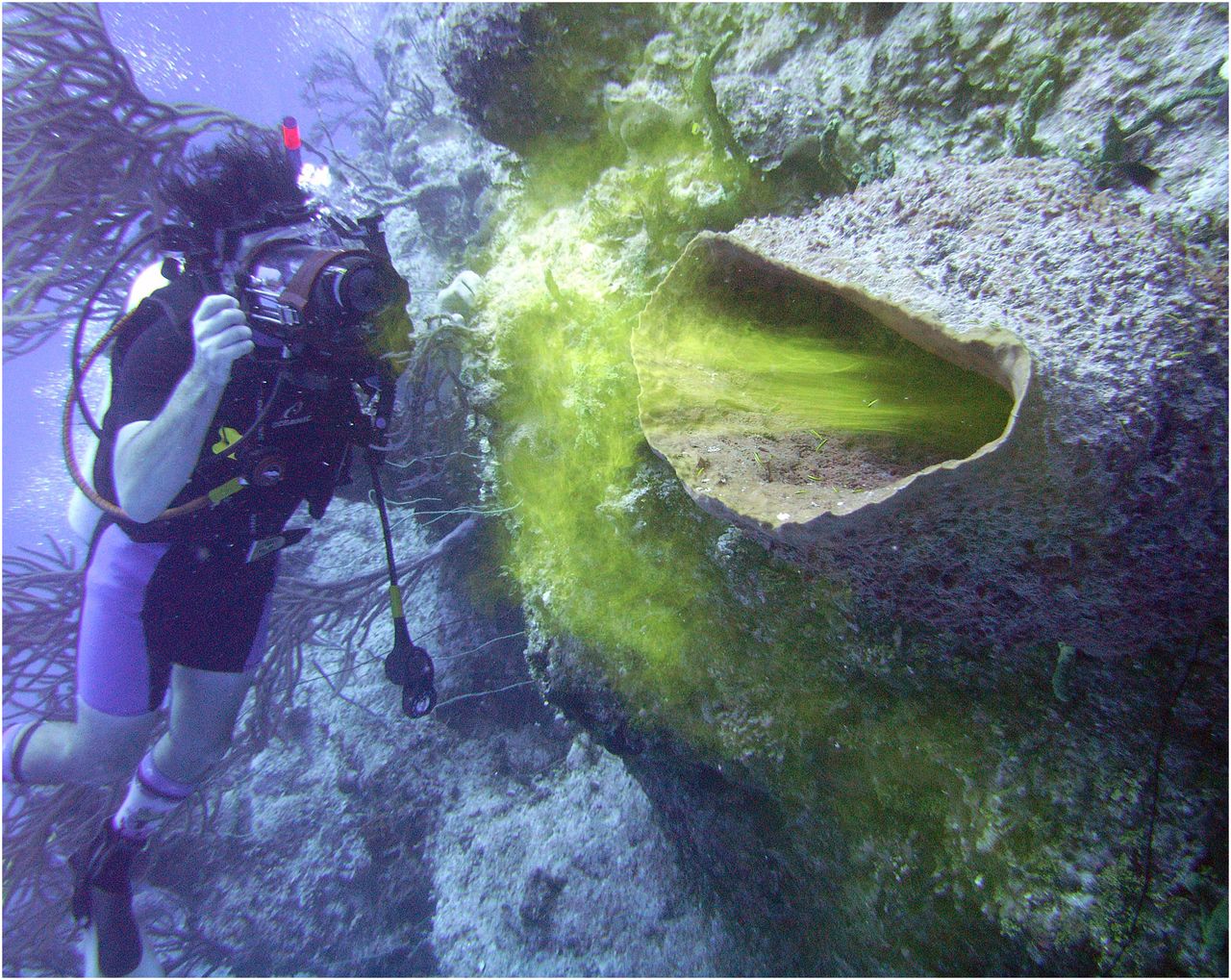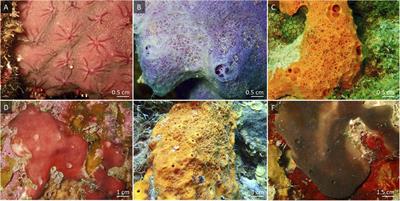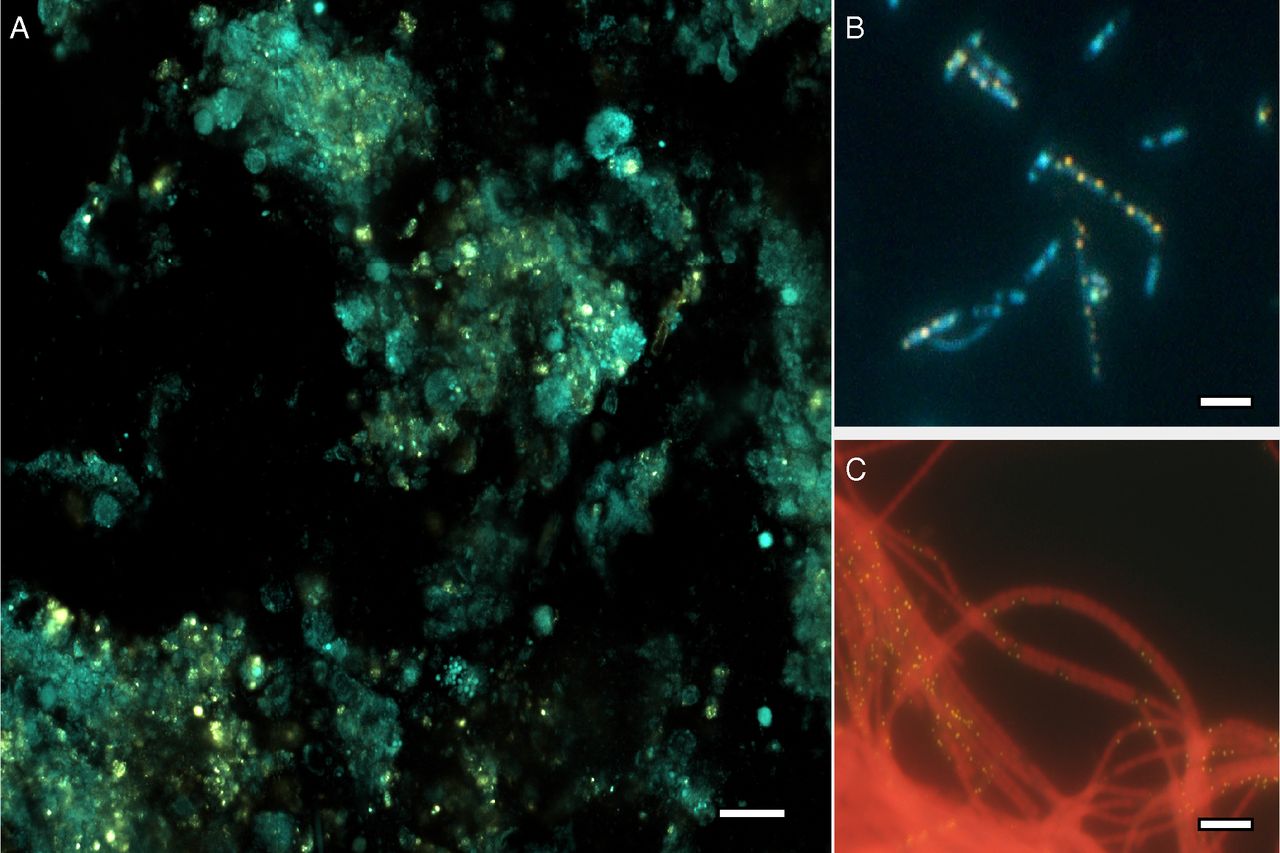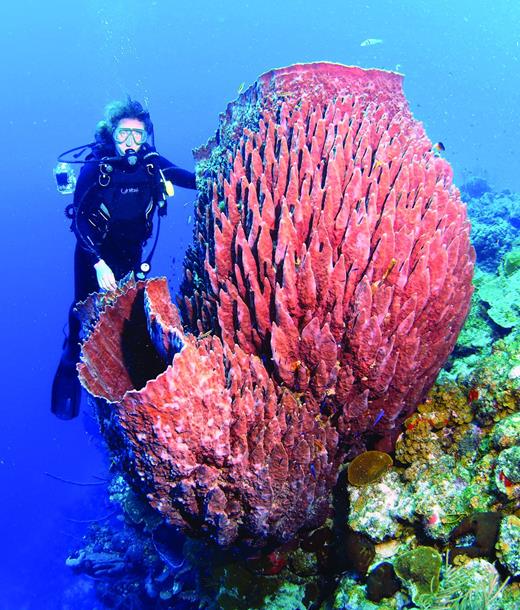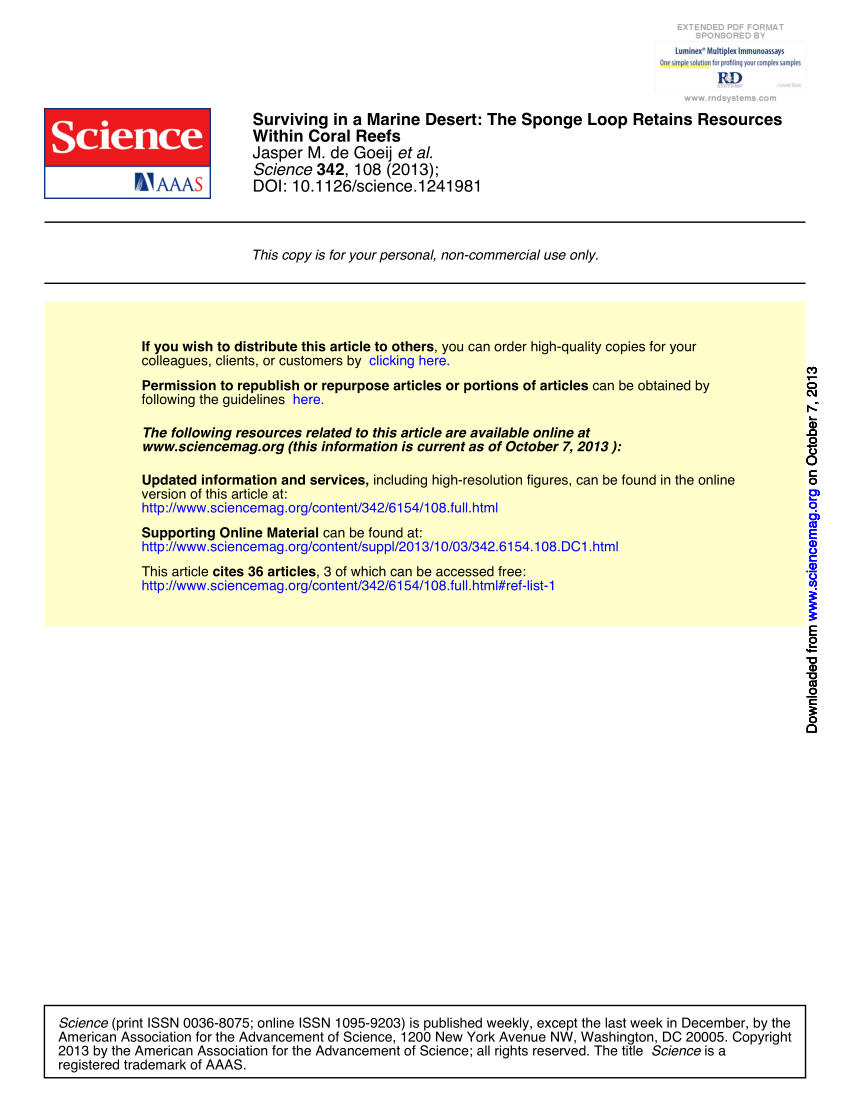Randy Holmes-Farley
Reef Chemist
View Badges
Staff member
Super Moderator
Excellence Award
Expert Contributor
Article Contributor
R2R Research
My Tank Thread
- Joined
- Sep 5, 2014
- Messages
- 67,142
- Reaction score
- 63,494
It's an interesting read, but I'm really struggling to see how this applies to aquariums or towards what you are claiming in regards to water changes being needed to "fix" it.
The experiment in the links you provided happened in a matter of days. And I see nothing about carbons that can't be removed by a skimmer and so on. They purposely dosed carbon in excess to get the different responses. Seems like it's just an experiment of what happens when you overdose your carbon dosing as far as our tanks go.
The first link is about disease. I think this is understood about carbon dosing in general, when you carbon dose you are feeding all the bacteria in the tank, rather than just the ones that are beneficial. However, you can dose bacteria also. I dose biodigest every 2 weeks for example. And wouldn't the disease bacteria need to be present in the system to start with?
Also, if this carbon is a food source for the diseases in your link, how does it build up in the system to start with? You keep saying a build up liable doc, and I don't understand how it can be liable doc and also build up over time.
it may not happen in tanks, but your arguments are not convincing reasons it does not.
The organics tested are unlikely to be the ones accumulating in a reef tank, but those tested, for example in the article I posted, will not be skimmed out or bound to GAC.
I think it is a valid and unanswered question whether and how organics impact reef aquariums differently when there are water changes vs when there are not.






